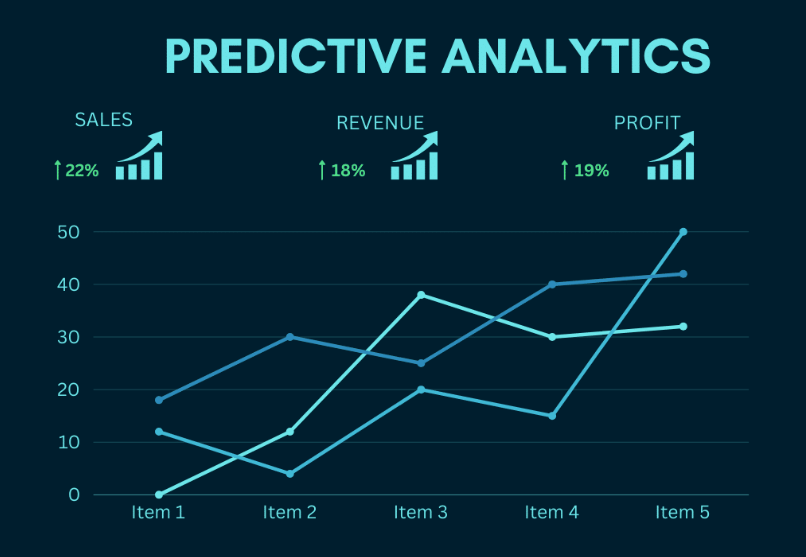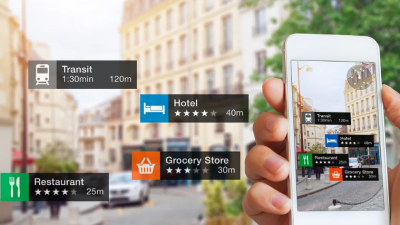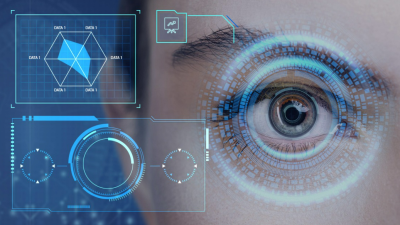Remember when AR apps seemed to have no idea what you might want to do next?
Those frustrating experiences are rapidly becoming relics of the past.
Today’s augmented reality experiences can anticipate your needs before you even realize them yourself.
The secret ingredient? Predictive analytics.
How Predictive Analytics Is Reshaping AR Experiences
At its core, augmented reality aims to blend digital content seamlessly with our physical world.
Traditional AR often fell short of this goal by requiring explicit user inputs.
Every interaction felt deliberate and somewhat unnatural.
Predictive analytics changes this equation entirely.
By analyzing patterns in user behavior, these systems can anticipate needs and preferences with remarkable accuracy.
The result? AR experiences that feel less like technology and more like an intuitive extension of human perception.
The Building Blocks of Predictive AR Systems
Effective predictive systems in AR combine several sophisticated technologies.
Machine learning algorithms establish baseline user behavior patterns.
These patterns become increasingly personalized over time as the system learns your specific preferences.
Contextual awareness adds critical environmental factors to the analysis.
Time of day, location, and recently used features all influence what content might be most relevant.
Real-time data processing ensures the system can adapt to changing circumstances immediately.
These components work together to create experiences that seem almost magically responsive.
For more insights on implementing advanced AR strategies, visit our homepage.
From Reactive to Proactive AR Interactions
Traditional AR systems operated on a request-response model.
You performed an action, and the system reacted accordingly.
Predictive AR fundamentally shifts this relationship.
Modern systems monitor subtle cues about your intentions.
Eye tracking can determine what objects hold your interest before you consciously decide to interact with them.
Gesture prediction identifies the early stages of hand movements to prepare appropriate responses.
Voice pattern analysis detects when you’re about to issue a command.
By the time you complete your intended action, the system has already prepared its response.
This proactive approach dramatically reduces perceived latency and creates more fluid interactions.
Real-World Applications Enhancing User Experience
Predictive analytics is transforming AR experiences across numerous domains.
Retail applications can suggest products based on what captures your visual attention in a store.
No explicit searching required – just look at something with interest, and relevant information appears.
Navigation systems anticipate your destination based on time of day and personal routines.
They proactively offer relevant route options before you even ask.
Training programs identify when you’re struggling with a task and automatically provide additional guidance.
They recognize confusion through subtle behavioral cues and respond appropriately.
Entertainment apps analyze engagement patterns to adapt content difficulty or style in real-time.
They ensure you remain challenged but not frustrated.
These applications demonstrate how prediction creates more natural and satisfying AR experiences.
Personalization: The Heart of Predictive AR
Effective prediction requires deep personalization.
Generic models provide a starting point, but truly impressive AR experiences adapt to individual users.
Learning algorithms track which suggestions you accept and which you ignore.
They identify your unique interaction patterns and preferences.
The system gradually builds a behavioral profile that informs future predictions.
This personalization extends to different contexts in your life.
Work environments might trigger different prediction models than social settings.
The result is an AR experience that feels tailored specifically to you across all situations.
Balancing Privacy with Prediction Quality
The more data a system has, the better its predictions become.
This reality creates important privacy considerations for AR designers.
Transparent data collection policies are essential for building user trust.
Clear explanations of how information improves the experience helps users make informed choices.
On-device processing reduces privacy concerns by keeping sensitive data local.
Federated learning approaches allow systems to improve without centralized data collection.
These strategies help balance the competing needs of privacy protection and prediction quality.
Technical Challenges in Predictive AR Design
Creating effective predictive AR systems involves overcoming significant technical hurdles.
Processing limitations on mobile devices constrain the complexity of prediction models.
Power consumption must be carefully managed to avoid draining batteries.
Latency requirements are incredibly demanding in AR contexts.
Even small delays between prediction and response can break the illusion of seamless interaction.
Model accuracy expectations continue to rise as users become accustomed to increasingly intuitive systems.
These challenges require sophisticated optimization strategies throughout the development process.
Measuring Success in Predictive AR Experiences
How do we know when predictive AR systems are performing well?
Traditional metrics like task completion time remain valuable.
But predictive systems introduce new evaluation criteria.
Prediction accuracy rates measure how often the system correctly anticipates user needs.
Intervention frequency tracks how often users must override predictions.
Surprise and delight moments capture instances when predictions exceed user expectations.
These metrics provide a more comprehensive picture of predictive AR performance.
The Future Landscape of Predictive AR
The evolution of predictive analytics in AR shows no signs of slowing.
Multimodal prediction systems will incorporate increasingly diverse data sources.
Emotional state detection will allow systems to respond appropriately to user feelings.
Collaborative prediction will enable shared AR experiences with group-level anticipation.
These advancements promise AR experiences that feel increasingly natural and intuitive.
The gap between intention and action will continue to narrow until interactions become virtually effortless.
Conclusion
Predictive analytics has fundamentally transformed augmented reality user experience design.
By anticipating needs rather than simply responding to explicit commands, these systems create interactions that feel remarkably natural and intuitive.
As prediction technologies continue to advance, we’ll see AR experiences that understand us so well they’ll seem to read our minds.
The future of AR isn’t just about overlaying digital content on the physical world.
It’s about creating experiences that understand our intentions almost before we do.
Predictive analytics is making that future possible today.





